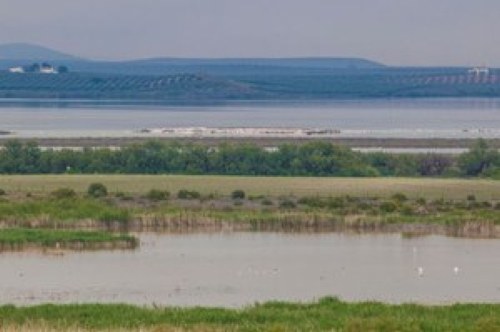The AMBRA project “Assessing Alpine and Apennine mountain-front recharge to Po Plain alluvial aquifers: an essential for supporting sustainable management of groundwater resources” has been created by the partnership between the University of Bologna and the University of Milano-Bicocca, within the framework of the Projects of Relevant National Interest (PRIN), financed by the EU - Next Generation EU. This project aims to quantitatively assess the different recharge components to the Po Plain alluvial aquifers in the Piedmont Area, focusing on the recharge from the mountain front.
This two-year research aims to provide a solid scientific knowledge base that will be useful to support the sustainable management of groundwater resources in terms of both quantity and quality. For example, the expected results will support the management and protection of the piedmont groundwater resources of the Po Plain or to support the drafting of Water Safety Plans. They will allow a better understanding of climate change effects on recharge mechanisms that ensure the presence of the fundamental water resource constituted by groundwater.
The AMBRA project considers two pilot study areas: the piedmont area between the Oglio and Chiese rivers (Alpine sector of the Po Plain) and the alluvial fans of the Reno, Savena and Idice rivers (Appennine sector of the Po Plain). In these areas, researchers from the two Universities will monitor the quantity and quality of surface and groundwater flows, precipitation, and infiltration throughout the next year. By 2025, the data will be processed to define the results of the Project.

